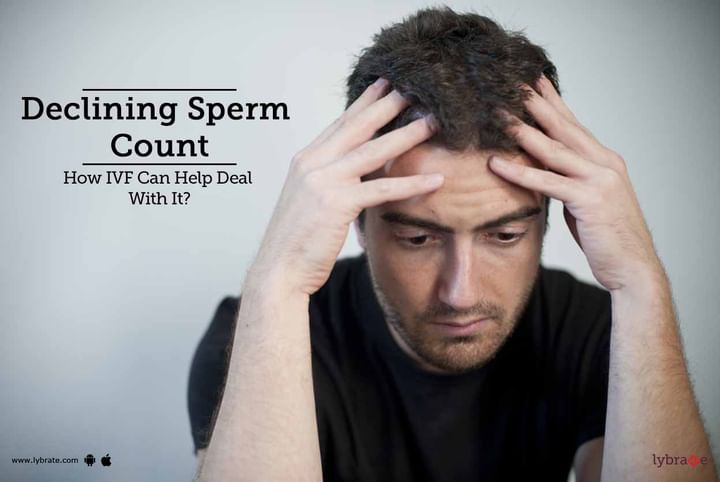Declining Sperm Count - How IVF Can Help Deal With It?
When we talk about infertility attention usually falls on treatment for women. However, infertility can affect men as well. The condition of infertility, can be described as the inability to become pregnant for a period of 1 year despite having unprotected, well-timed sexual intercourse. A low sperm count is one of the primary reasons for infertility in men.
Typically there should be fifteen million sperm per milliliter of semen. Low sperm count refers to the ejaculation of less than a normal amount of sperm in semen. This can also be termed as oligospermia. A complete absence of sperm in semen is known as azoospermia. Low sperm count does not mean that you cannot impregnate your partner but it reduces the chance of a successful conception. Thus, one of the most common ways to treat infertility caused by low sperm count is IVF.
- IVF involves harvesting eggs from the woman’s uterus and sperm from the male partner and combining them in a laboratory to form a zygote. When IVF is used to treat male infertility, a semen analysis is the first step. This helps determine the patient’s sperm count, sperm motility, volume, pH levels, white blood cell levels etc.
- The ejaculated semen is then processed so as to separate the sperm cells from the plasma. In this process sperm cells with higher motility are identified and segregated. These cells have a higher chance of fertilizing the egg.
- Sperm cells are then injected into the harvested egg. Some techniques may require the injection of 50,000 or more sperm cells while others such as intracytoplasmic sperm injection (ICSI) can be effective with a single sperm cell. Once the egg is fertilized, it is allowed to develop for a few days in the laboratory.
- Two or three embryos are then selected to be reintroduced into the woman’s uterus with the help of a catheter. The remaining fertilized embryos are preserved in an embryo bank in case the pregnancy is not successful. If these need to be used later, the woman does not have to go through the initial stages of IVF treatment to stimulate the follicles and harvest eggs from the ovaries.
When it comes to IVF, the success rates are very high. However, one of the most common side effects is the birth of twins or triplets. This is because multiple embryos are inserted into the uterus. The number of babies born then depends on the number of embryos that are implanted successfully.



+1.svg)
